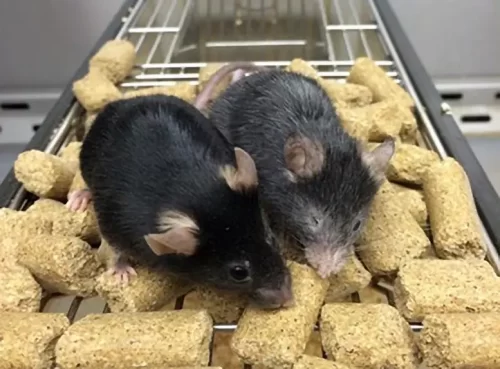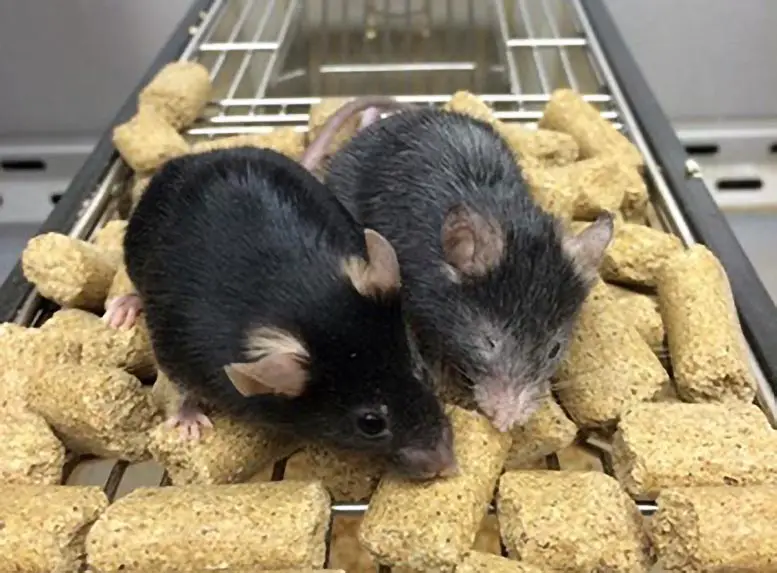
Scientists from Harvard Medical School, the University of Maine, and MIT have published a groundbreaking study in the journal Aging revealing a chemical method to reprogram cells to a more youthful state. This technique offers a potential alternative to gene therapy for reversing aging. The implications of this research are vast, with potential applications in regenerative medicine, treatment of age-related diseases, and whole-body rejuvenation.
“We identify six chemical cocktails, which, in less than a week and without compromising cellular identity, restore a youthful genome-wide transcript profile and reverse transcriptomic age,” reads the paper. “Thus, rejuvenation by age reversal can be achieved, not only by genetic, but also chemical means.”
The researchers claim they pinpointed six treatments that can reverse aging in cells and turn them into a more “youthful state,” according to a press release from Aging‘s publisher, without causing dangerous unregulated cell growth.
Abstract
A hallmark of eukaryotic aging is a loss of epigenetic information, a process that can be reversed. We have previously shown that the ectopic induction of the Yamanaka factors OCT4, SOX2, and KLF4 (OSK) in mammals can restore youthful DNA methylation patterns, transcript profiles, and tissue function, without erasing cellular identity, a process that requires active DNA demethylation. To screen for molecules that reverse cellular aging and rejuvenate human cells without altering the genome, we developed high-throughput cell-based assays that distinguish young from old and senescent cells, including transcription-based aging clocks and a real-time nucleocytoplasmic compartmentalization (NCC) assay. We identify six chemical cocktails, which, in less than a week and without compromising cellular identity, restore a youthful genome-wide transcript profile and reverse transcriptomic age. Thus, rejuvenation by age reversal can be achieved, not only by genetic, but also chemical means.
This discovery builds on the finding that the expression of specific genes, known as Yamanaka factors, can transform adult cells into induced pluripotent stem cells (iPSCs). This breakthrough, which earned a Nobel Prize, prompted scientists to question if cellular aging could be reversed without pushing cells to become too young and potentially cancerous.
